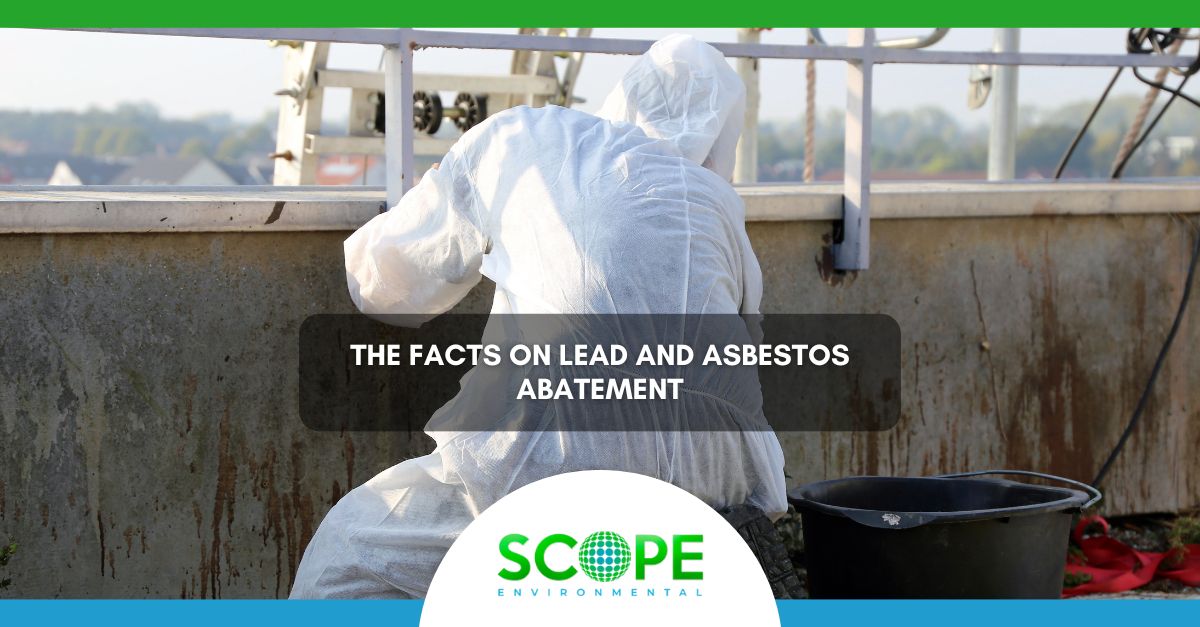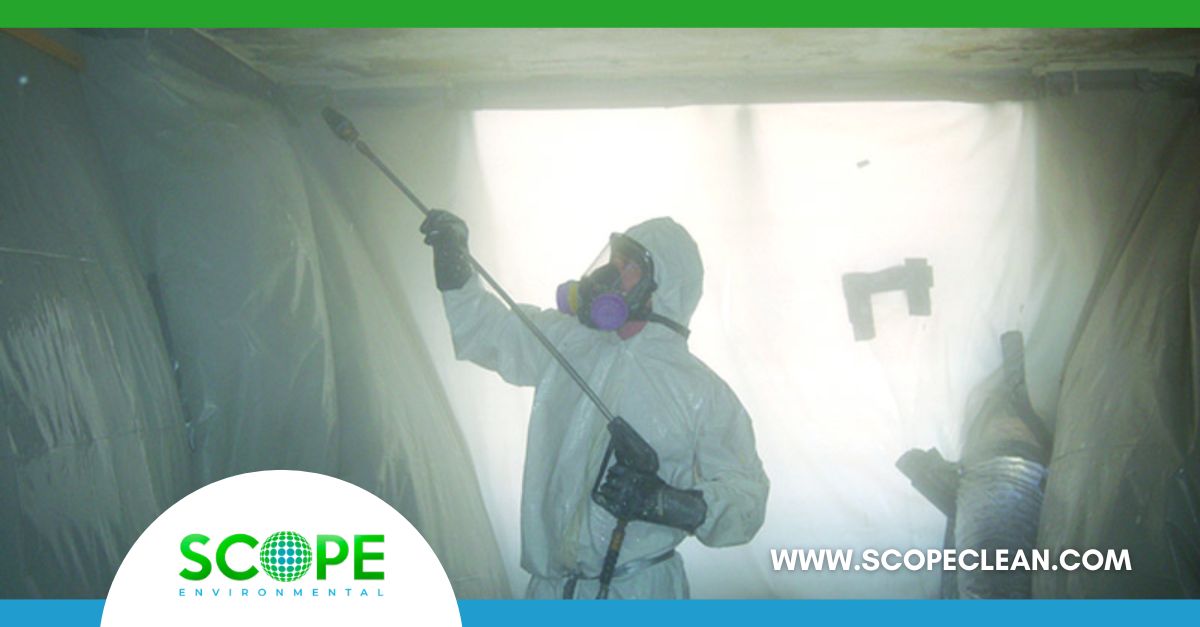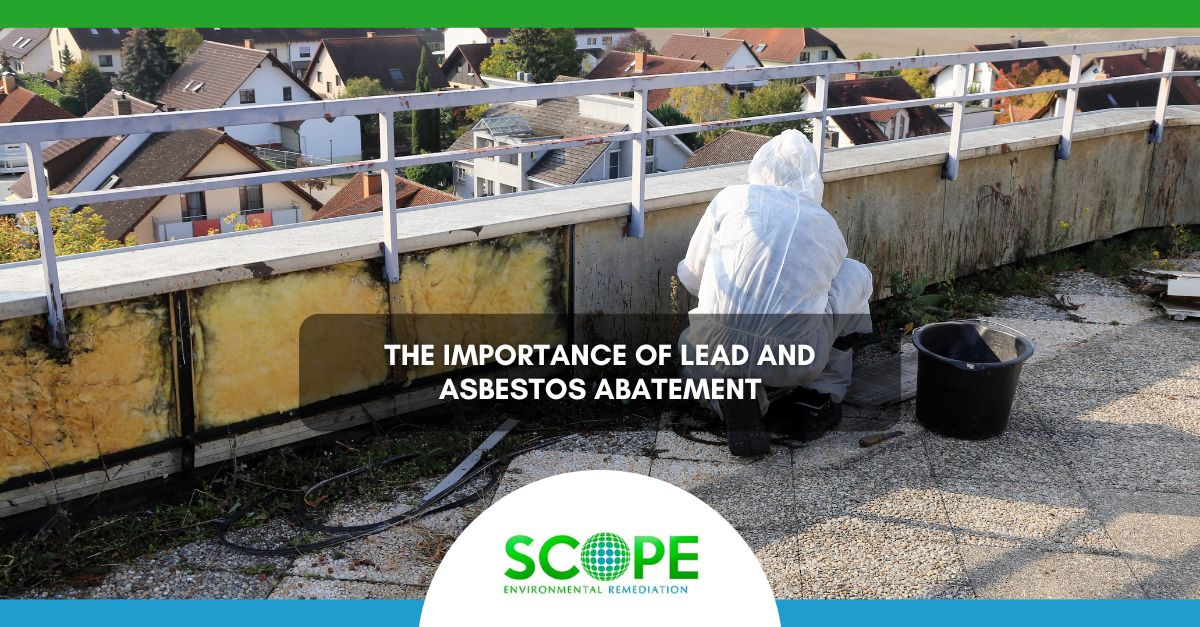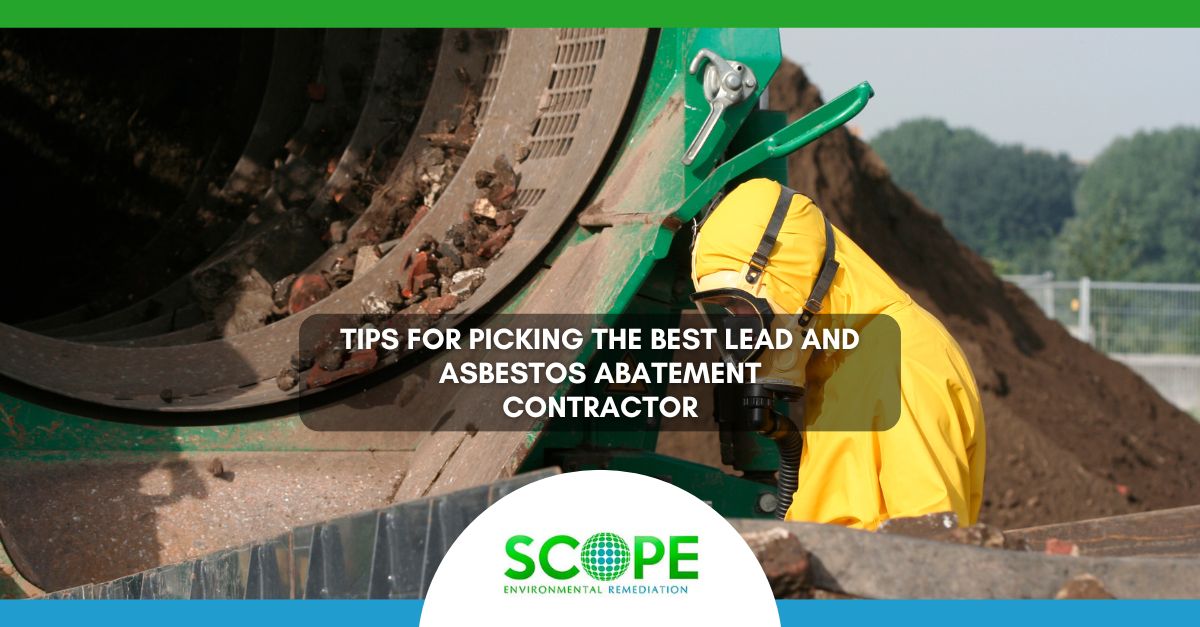When you begin renovations on a home or office, the last thing you want is surprises. It is often a homeowner’s worst nightmare to knock down a wall and discover asbestos or mold lurking within the framework. The same holds true for the discovery of lead-based paint, which can be fairly common in older buildings. While finding these materials can be alarming from a health standpoint (they’re all dangerous when inhaled or ingested), they can also pose a costly and time-consuming challenge. If you have found yourself in such an unfortunate situation, there is no need to panic. By working with a lead and asbestos abatement professional, you can safely extract these materials from your home or office. Before you hire the first result that pops up on your Google search, though, you should probably learn a bit about what exactly goes into the removal process.
Dealing with Lead Paint
When it comes to home improvement projects, adding a new coat of paint to a wall or two typically falls within the do-it-yourself category. Still, some jobs are bigger than others, and it is not unusual to contract the job out to a professional. When lead paint is found, however, it will need to be thoroughly removed before any new work can be completed. This is necessary for the safety of yourself, as well as anyone working on your property.
Lead paint was commonly used until about 1978. It dries quickly and often produces bright and vibrant colors. Knowing what we know now, it is far too dangerous for use. Removing lead paint can be done with chemical strippers. Enclosing, encapsulation, and replacement are other methods that can be effective.
The Safe Removal of Asbestos
Asbestos was commonly used for insulation during construction because it is fire and heat-resistant. Later, however, it was learned to be a carcinogen, and whenever it is found it must be thoroughly removed by professionals donning protective gear. There is typically a lot of preparation involved in asbestos removal, as the impacted area must be closed off. A proper HVAC system will also be a must.
Once the area is sealed, asbestos will be removed via an extraction method. This can mean cutting out walls, physically removing the asbestos, and placing it within a safely secured container. Asbestos must also be disposed of at a state-designated location. Because of the regulations surrounding asbestos removal, it is best done by trained and certified professionals.
Contact a Lead and Asbestos Abatement Professional Today
If you are having an issue with lead-based paint, or there has been a discovery of asbestos in your home, we can help. At SCOPE Environmental Remediation, our team of professionals will visit your location to perform an in-person consultation before providing you with an estimate of the word needed. To learn a bit more about our services, contact us today. You can also reach our team via email by visiting our contact page.




